
As fans eagerly await Greta Gerwig’s reboot of The Chronicles of Narnia, it’s an opportune moment to reflect on the previous Disney adaptations released between 2005 and 2010. These films, inspired by the cherished books penned by C.S. Lewis, often strayed from the original narratives. With Gerwig’s two-part film project looming, questions about how faithfully these new installments will adapt the source material remain a hot topic.
The Narnia series, which Lewis wrote during the 1950s, encapsulates the values and themes of its time. While celebrated as a literary masterpiece, adapting its classic tales for contemporary audiences poses unique challenges. The Disney films highlighted some of these difficulties, both in their interpretations and storytelling methods. The hope is that lessons learned from past adaptations will help avoid similar missteps in the upcoming films.
10
The Child Actors’ Performances Varied in Chronicles of Narnia
The Pevensies Are Inconsistent in The Narnia Movies
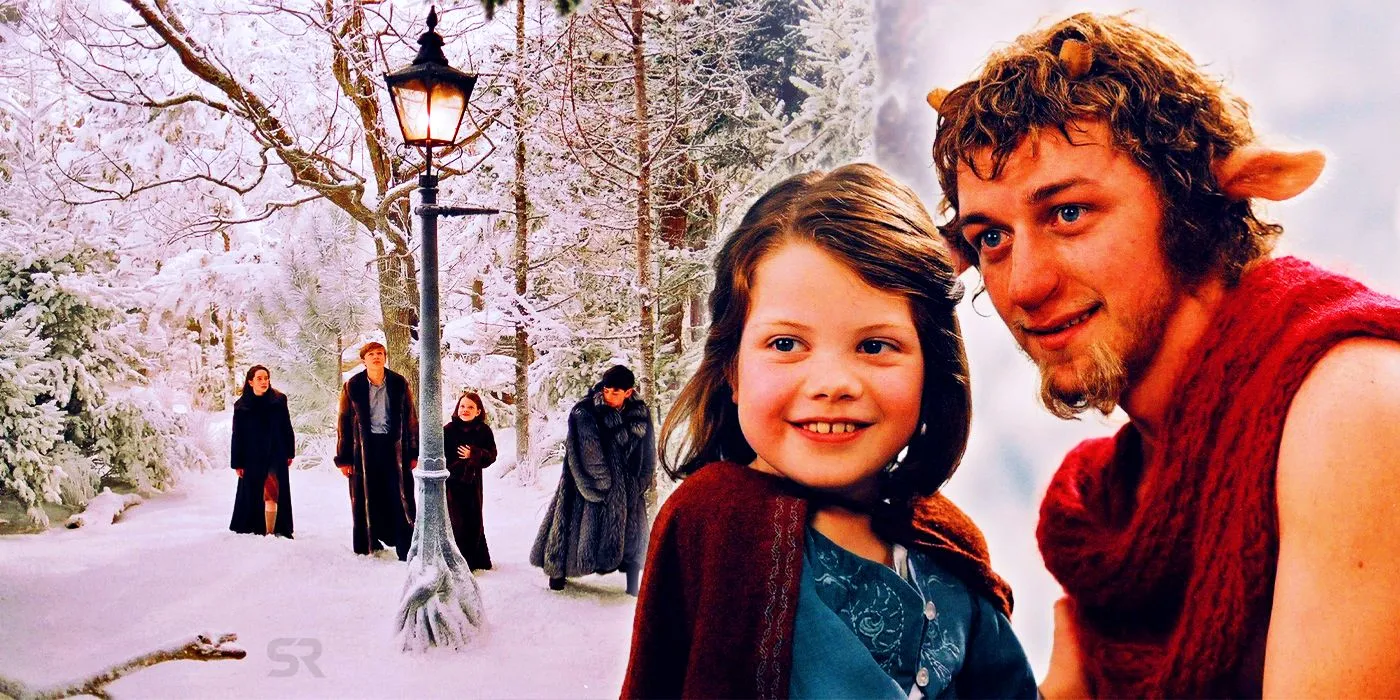
The performance quality among the Pevensie siblings varied significantly throughout the series. Starred by William Moseley (Peter), Anna Popplewell (Susan), Skandar Keynes (Edmund), and Georgie Henley (Lucy), the portrayals at times felt inconsistent, with Henley’s Lucy standing out as a more stable character. However, the interplay of joy and darkness often lacked depth, occasionally appearing flat across the board.
While Henley’s spirited and defiant Lucy was usually outstanding, the essence of each Pevensie’s character was not fully realized. James McAvoy’s portrayal of Mr. Tumnus beautifully complemented Henley, yet there seemed to be untapped potential for humor that didn’t quite materialize, resulting in moments that felt emotionally muted.
9
Recreating the Magic of the First Movie Is Challenging
The Lion, The Witch and The Wardrobe Remains the Best Film
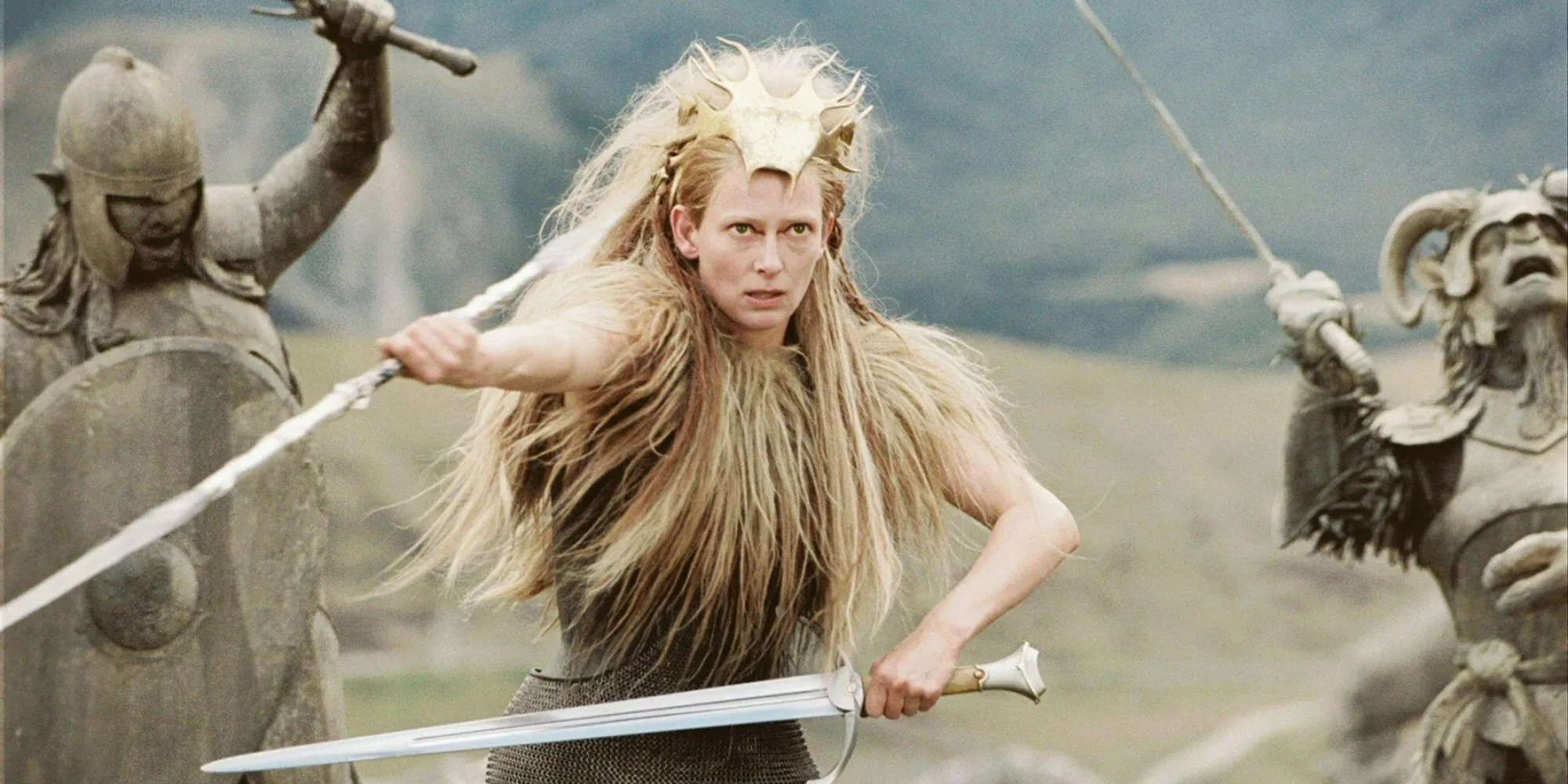
Recapturing the enchantment of the initial film proved difficult for the franchise. While The Lion, the Witch and the Wardrobe boasts an impressive 75% approval rating on Rotten Tomatoes, its successors, Prince Caspian (66%) and The Voyage of the Dawn Treader (49%), reflected a noticeable decline in quality and overall reception.
After Disney’s exit, The Voyage of the Dawn Treader particularly suffered from this shift, demonstrating the challenges of following such a successful debut. Moreover, adapting to more intricate source material posed difficulties for the sequels, which necessitated creative solutions that didn’t always resonate well with audiences.
8
The Series Might Have Benefited from Starting with The Magician’s Nephew
A Different Chronological Order May Have Worked
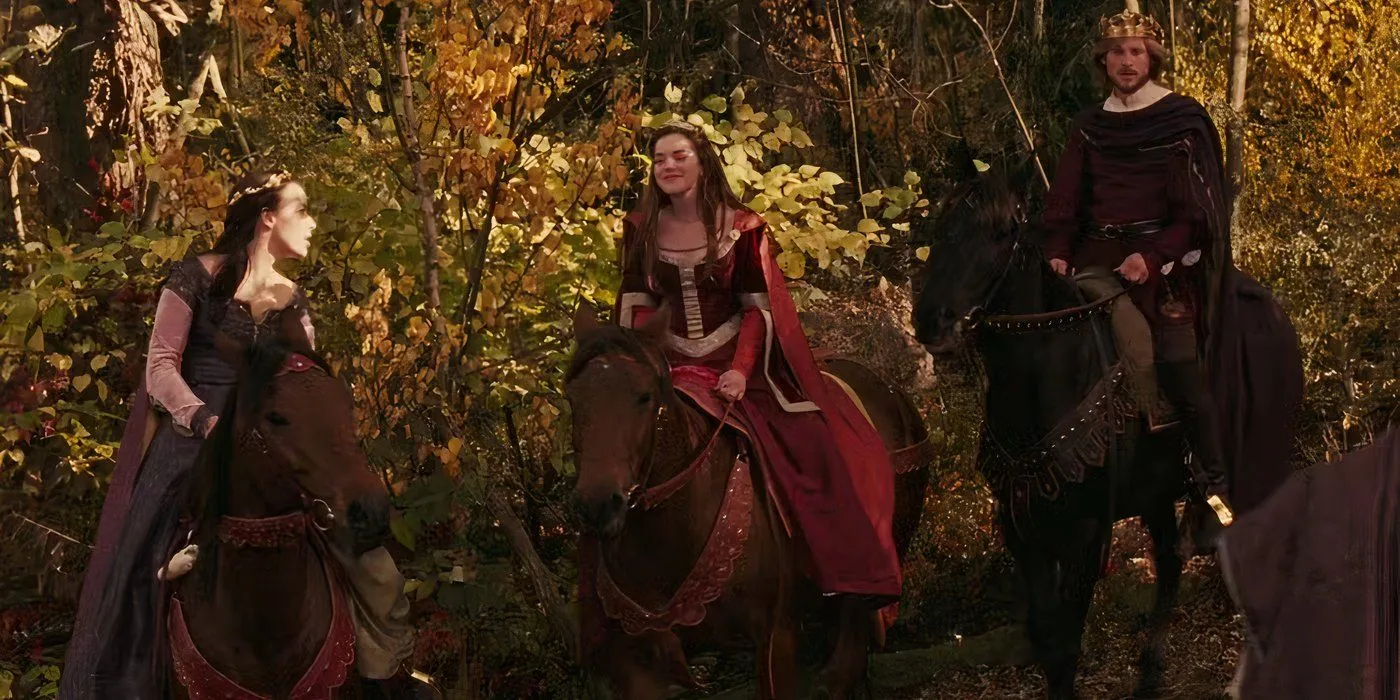
Considering a different starting point for the Narnia adaptations, it’s intriguing to note that while The Lion, the Witch and the Wardrobe was Lewis’s first published work in 1950, The Magician’s Nephew is chronologically the beginning of the series.
| Narnia Book (Chronological Order) | Release Date |
|---|---|
| The Magician’s Nephew | 1955 |
| The Lion, the Witch and the Wardrobe | 1950 |
| The Horse and His Boy | 1954 |
| Prince Caspian | 1951 |
| The Voyage of the Dawn Treader | 1952 |
| The Silver Chair | 1953 |
| The Last Battle | 1956 |
The narrative structure established by Lewis, moving from The Pevensies to various characters, could have allowed for a gradual build-up, maintaining audience engagement throughout the series.
7
The Movies Struggled with the Books’ Christian Themes
Navigating Christian Allegory in the Adaptation
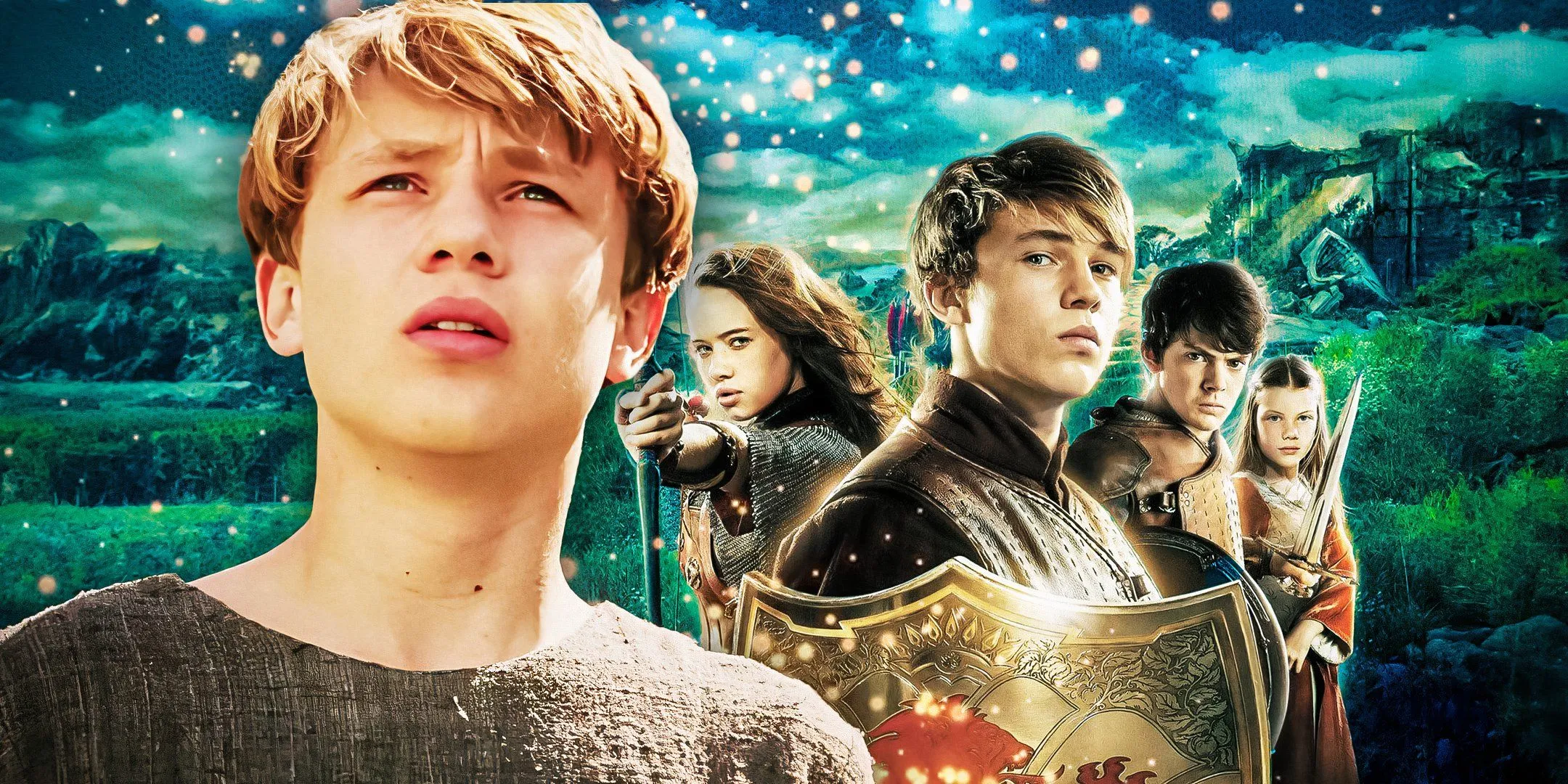
The spiritual undercurrents in Lewis’s novels complicated the screen adaptations. While unmistakably present, the films fluctuated in their treatment of these themes. Some aspects adhered to traditional allegory, yet others felt misguided. In an attempt to appeal to a broader audience, The Voyage of the Dawn Treader omitted significant religious metaphor, resulting in a hollow feeling within the narrative.
6
The Romance Between Susan and Caspian Complicated the Narrative
An Unnecessary Romantic Arc
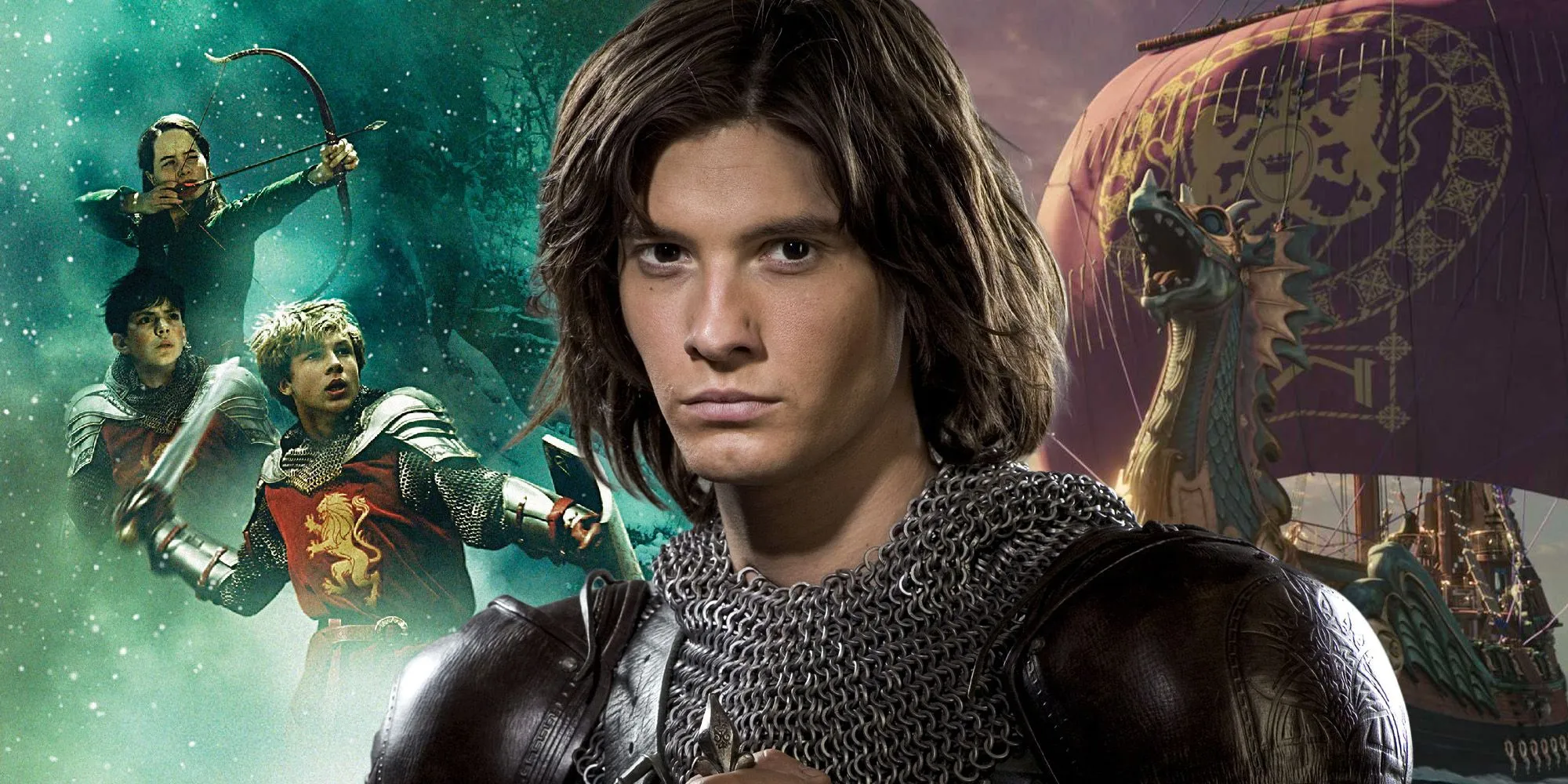
In Prince Caspian, the romance introduced between Susan Pevensie and the titular character felt contrived. Diverging from the original literature, this narrative choice lacked the framework of Lewis’s storytelling. Despite the adaptation’s aim to enrich the storyline, it added confusion instead of depth, given the lack of meaningful connection between Susan and Caspian.
5
Peter Wasn’t Particularly Likable in Prince Caspian
Peter’s Characterization Fell Flat
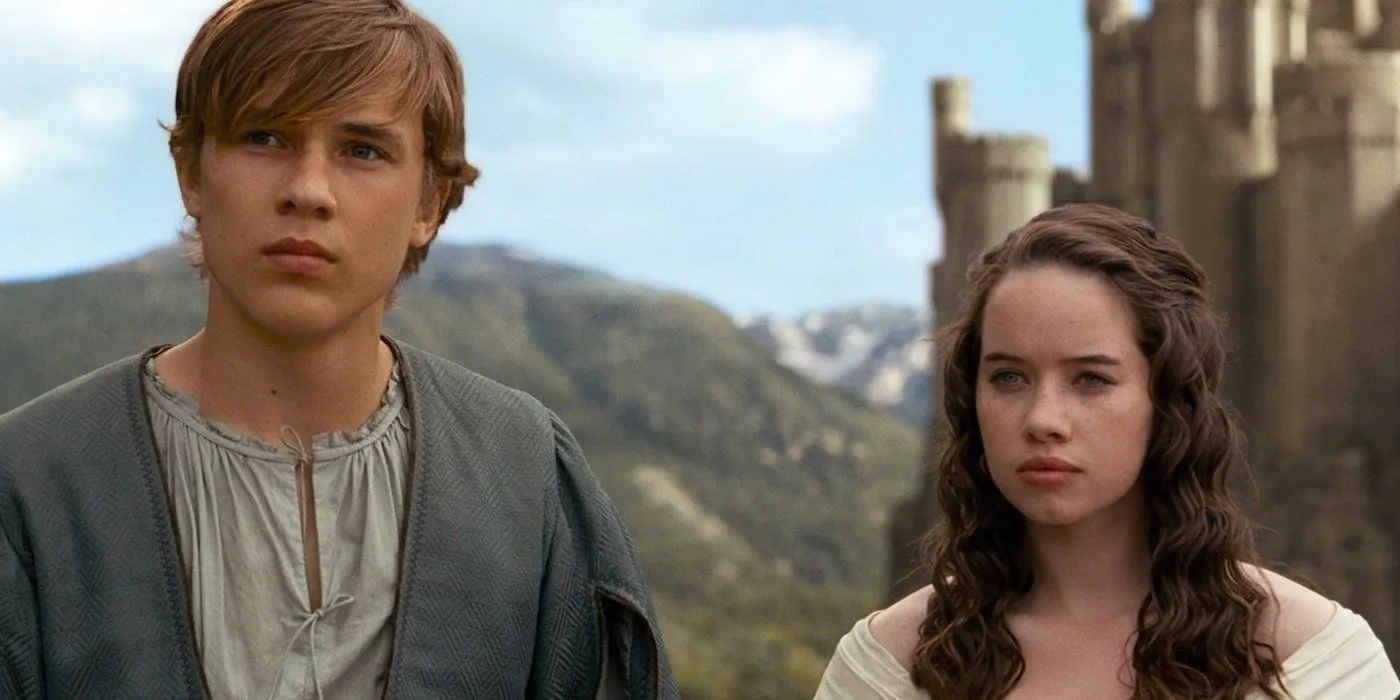
Despite being positioned as the main character in Prince Caspian, Peter’s portrayal lacked the charisma typically associated with a hero. While he has relatable grievances, his character development felt stunted. His frustration at being challenged was valid for the story but didn’t lend him the heroic stature he was meant to convey.
4
Successive Books Would Have Been More Difficult to Adapt
Increasing Complexity in Adaptations
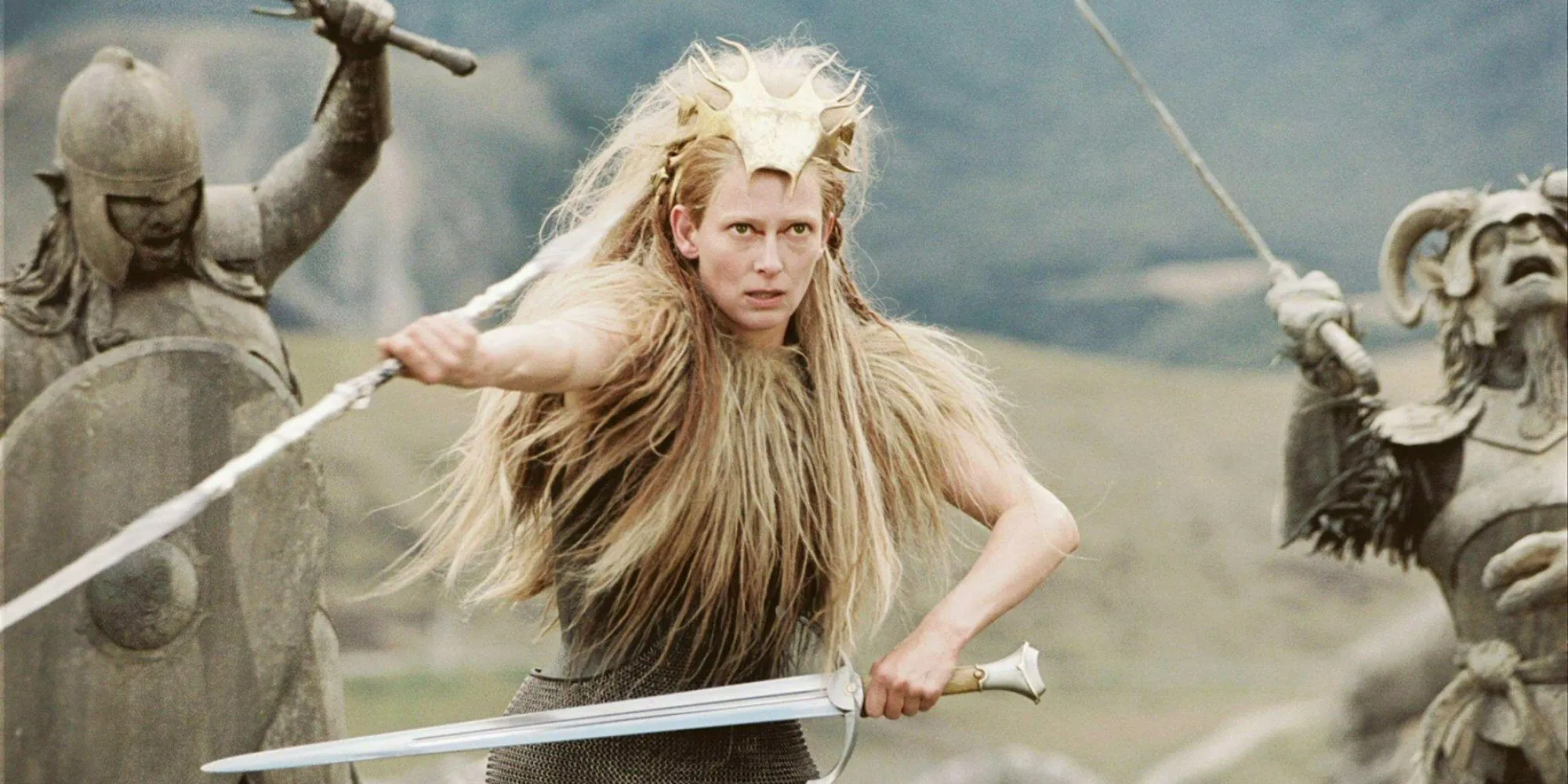
The consistent quality of the Narnia films faced challenges from the start, and subsequent adaptations likely would encounter even greater hurdles. With the absence of a cohesive protagonist across Lewis’s later works, the adaptations would have needed significant adjustments to keep the narrative coherent and engaging.
3
The Movies Are Better with All the Pevensies
The Vitality of the Pevensie Siblings
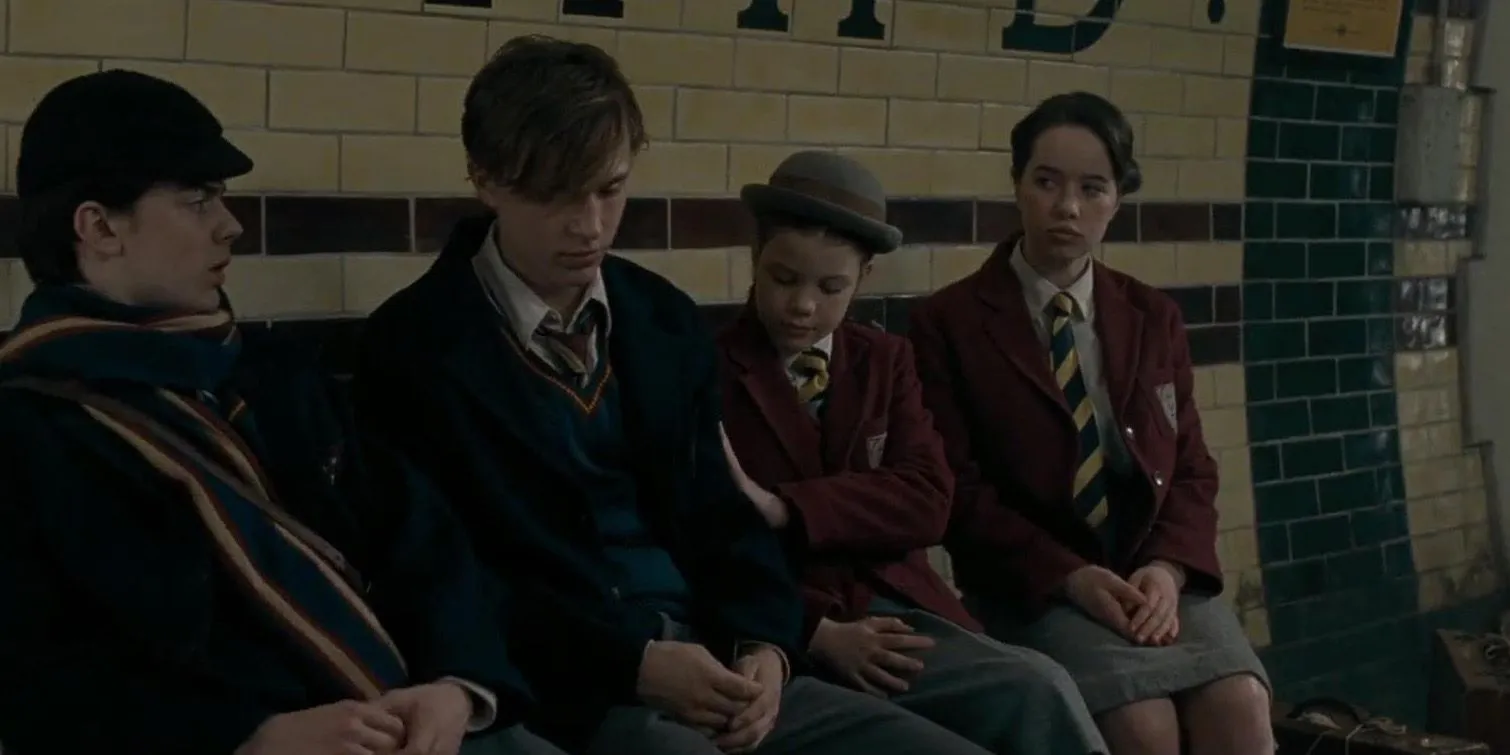
The dynamic between the Pevensie siblings, particularly Lucy and Edmund, provided much of the charm in The Voyage of the Dawn Treader, showcasing their potential as a central double act in future installments. However, the adaptations’ tendency to focus on a rotating cast of characters risked alienating audiences unfamiliar with the source material.
2
Challenges with the Depiction of Aslan
Ambiguity in Representing Aslan
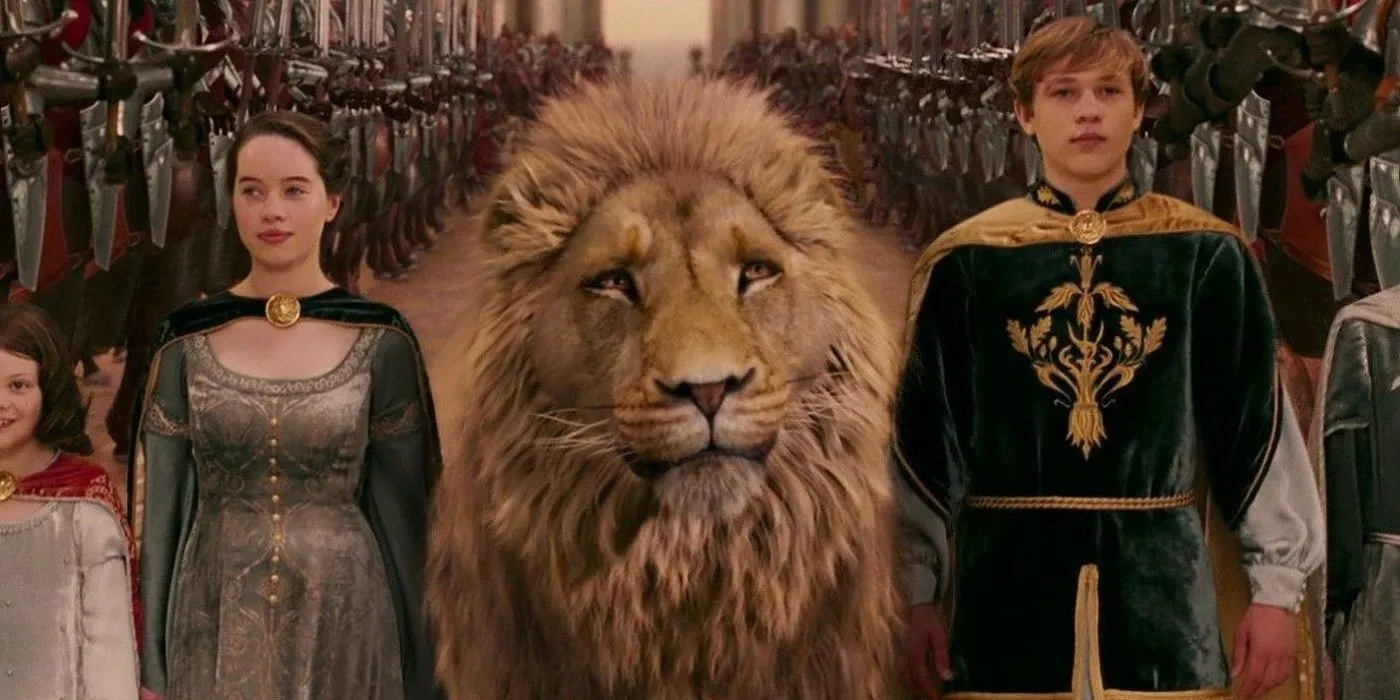
All adaptations of Narnia grappled with how best to present Aslan. Voiced by Liam Neeson, Aslan is a compelling character whose spiritual significance is apparent. Unfortunately, the films struggled with how deeply to explore Aslan’s powerful symbolism, offering an interpretation that sometimes diminished his role within the story.
1
The Narnia Movies Feel Overly Serious
Missing the Lightheartedness of Lewis’s Works
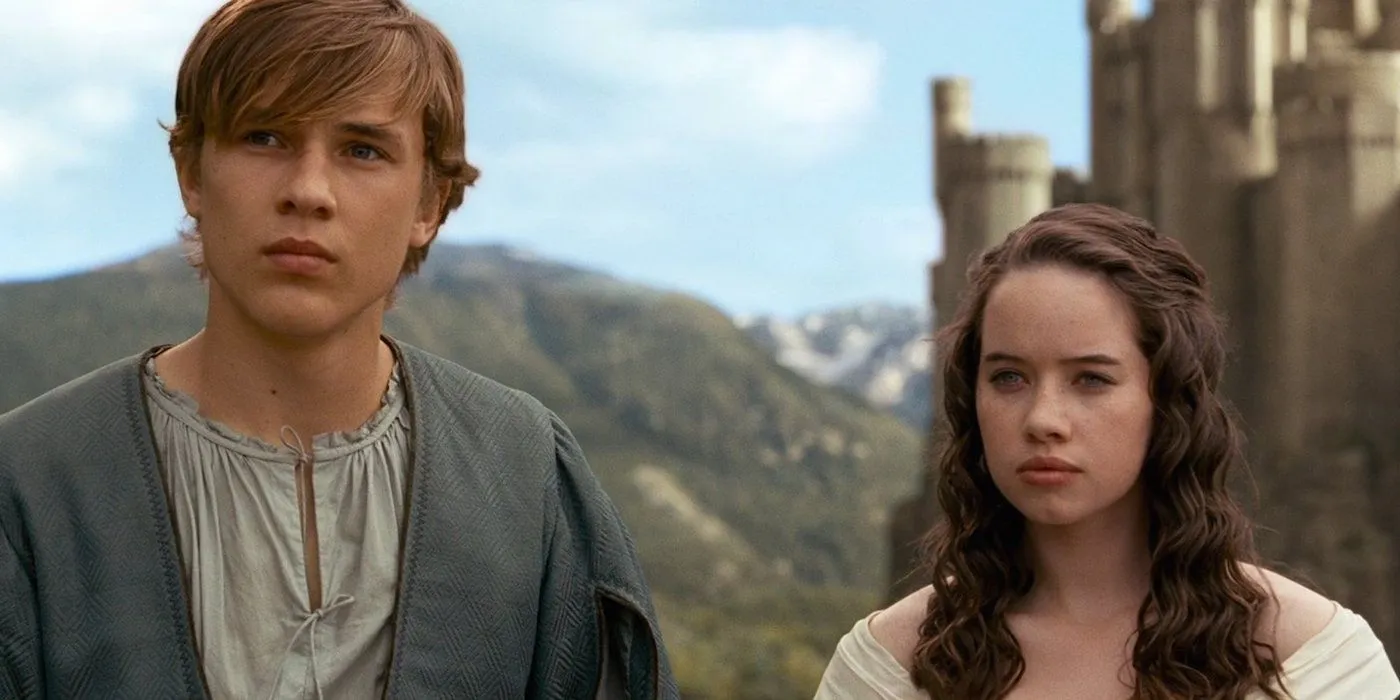
While the epic nature of the Narnia films contributed to their appeal, they often fell short in capturing the whimsical joy present in Lewis’s books. The novels feature playful adventures and enchanting moments that connected viewers with childlike wonder. This serious tone might bridge a gap to adult audiences but ultimately left the films feeling somewhat lacking in emotional richness. A touch more humor or levity could have significantly enhanced the viewing experience, making it all the more resonant.
Despite the challenges faced, the original Narnia films enjoy a dedicated fanbase. They provide a robust foundation for Gerwig to build upon as she prepares to introduce a new vision for The Chronicles of Narnia.




Leave a Reply